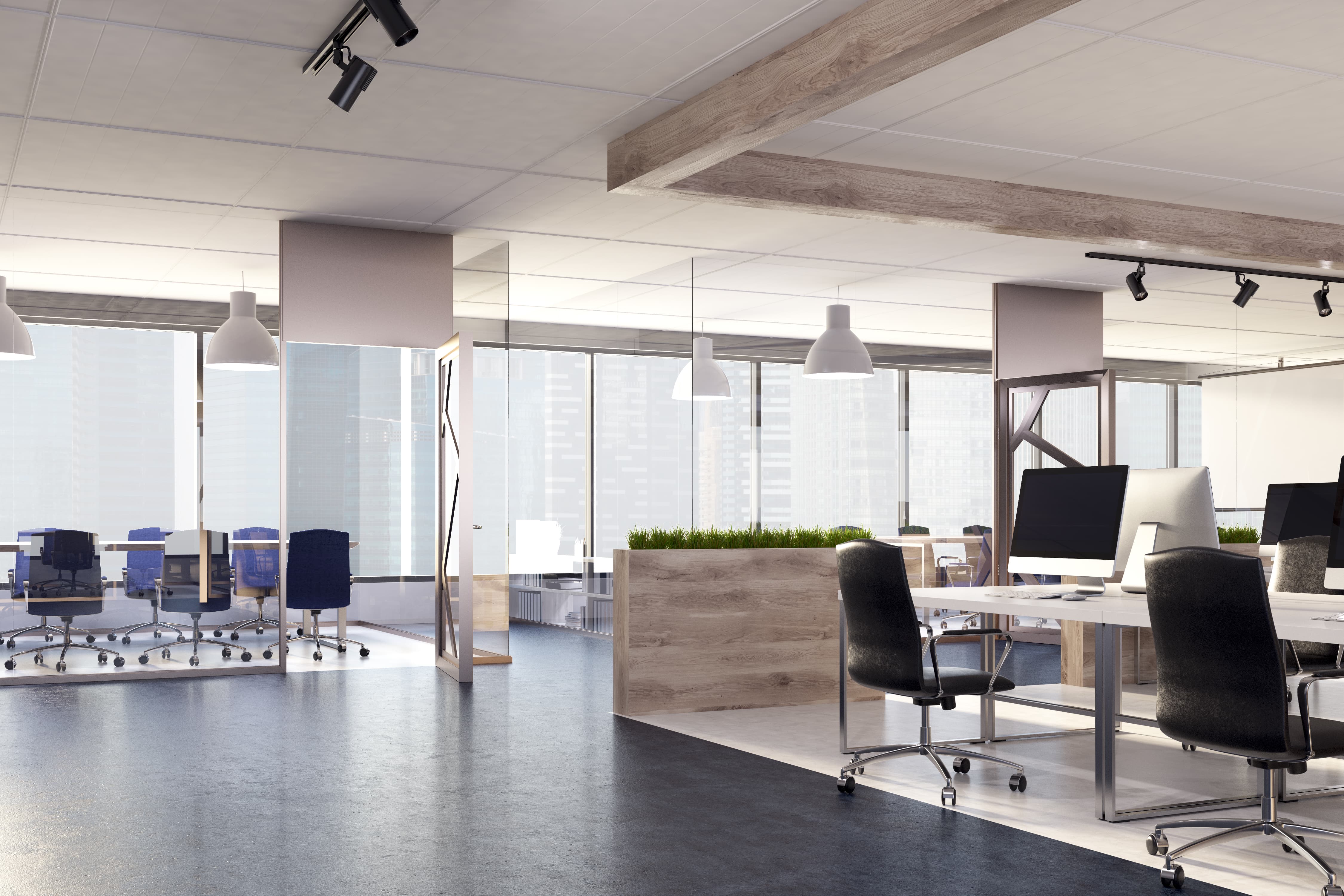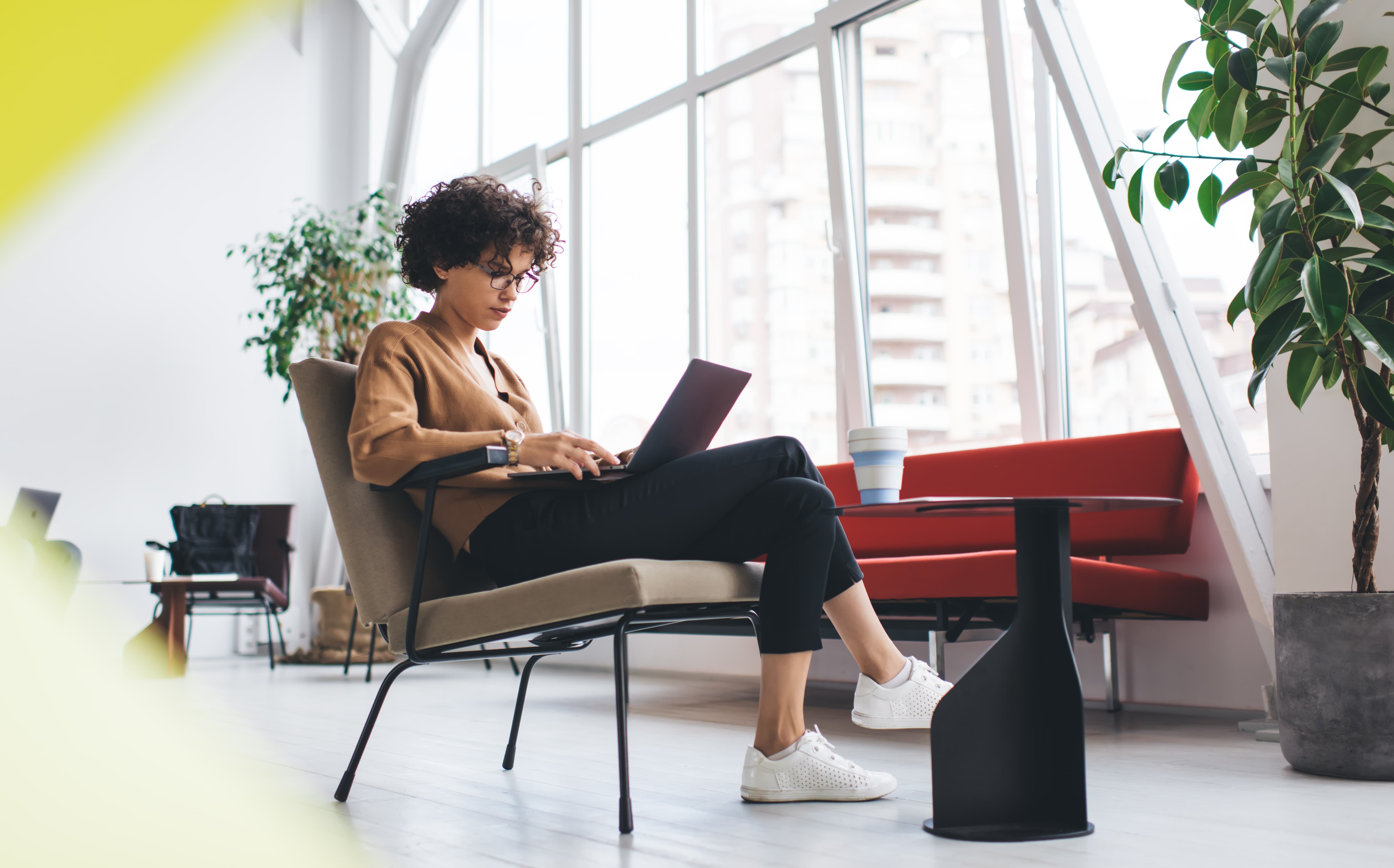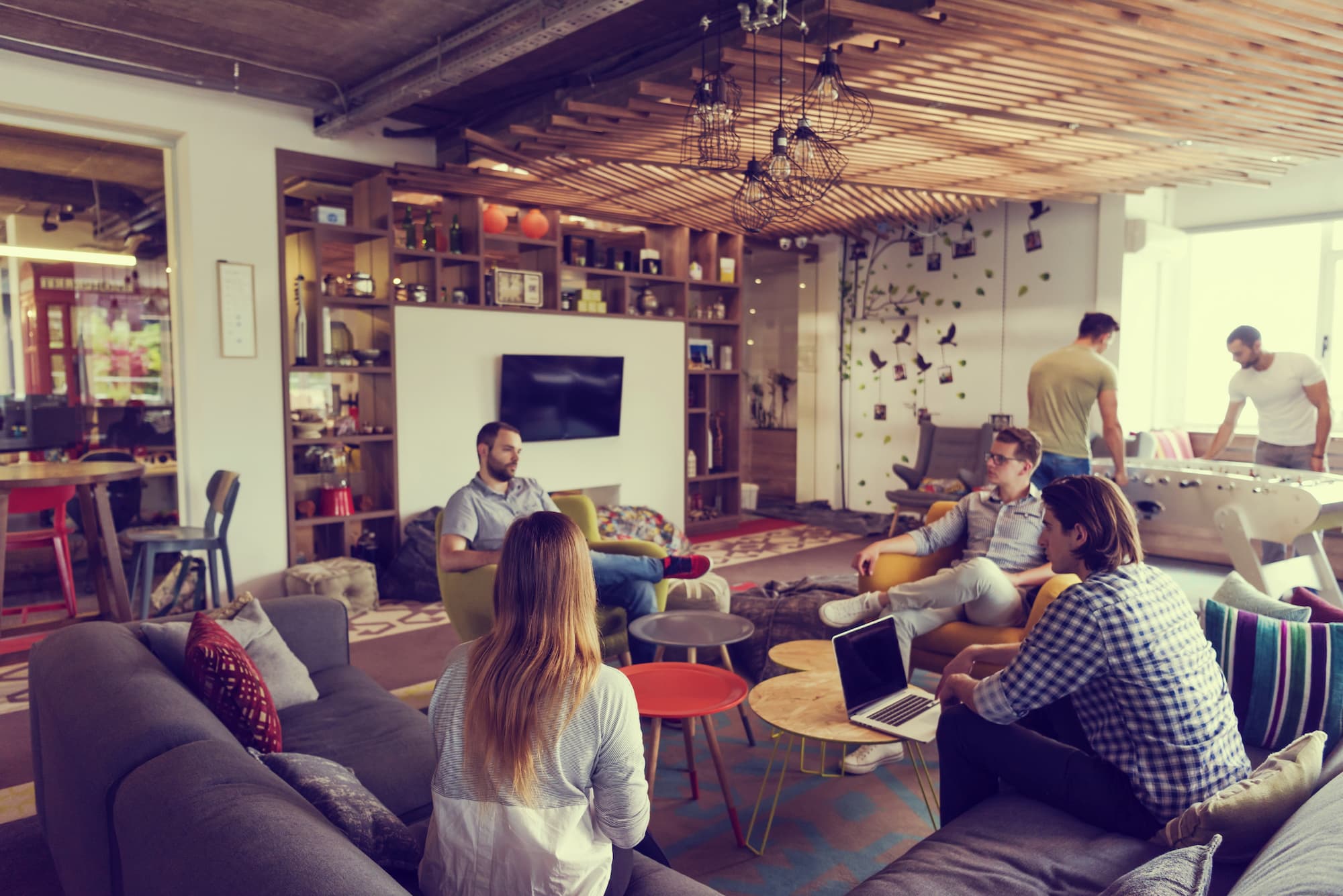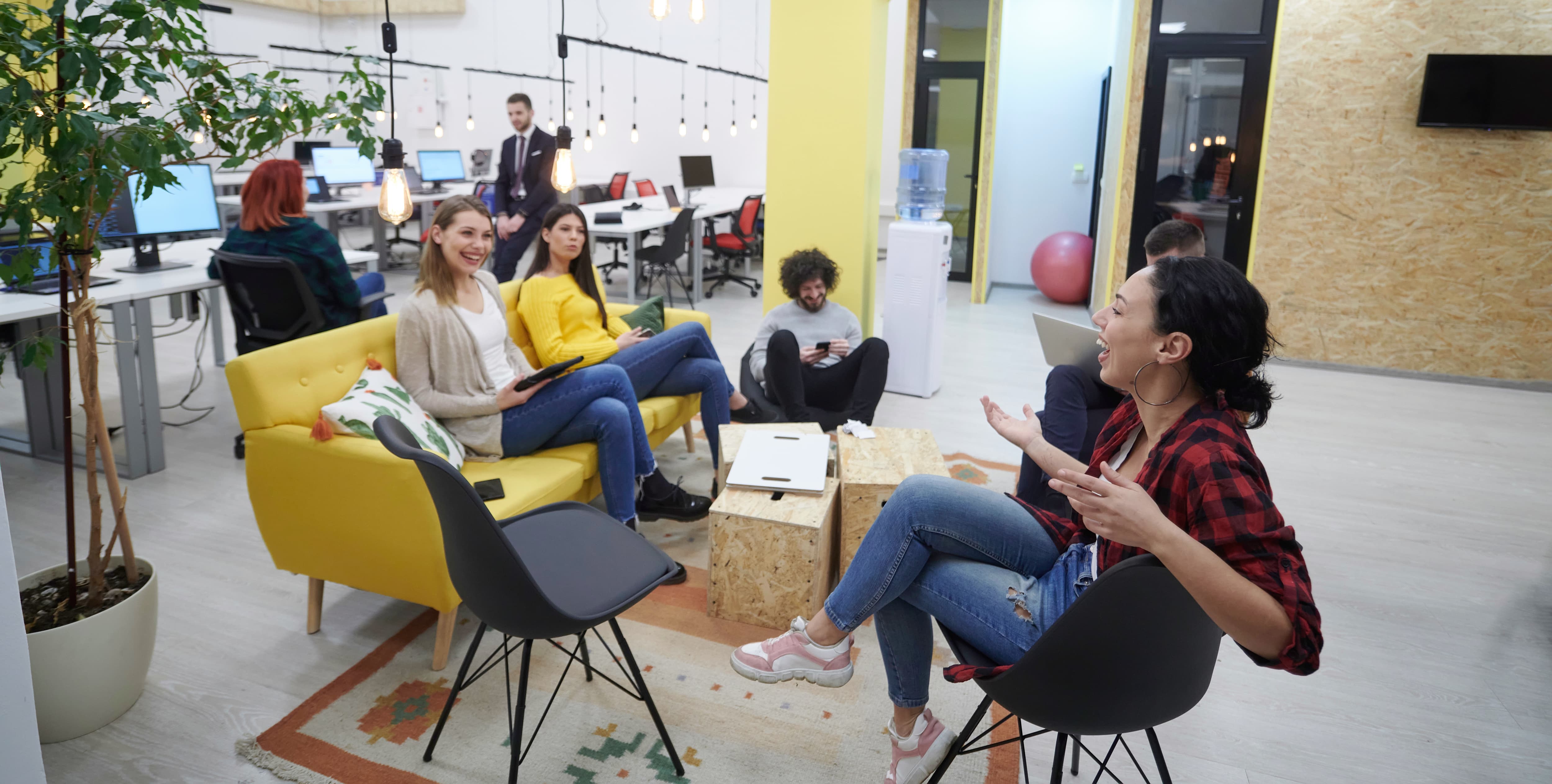A lot of companies are ditching the desire for a traditionally laid out office structure. Office buildings with reception areas, private offices, and boardrooms – all massive enough to play team sports in – simply don’t make sense anymore.
The reason why may have more to do with the bottom line than design preference. Spacious workplaces come at a premium, and many aren’t buying.
Rather, startups and established companies alike are going for practical, cost-effective and informal workspaces. That is, spaces which swap out rigidity for flexibility and individuality for collaboration. And the timing couldn’t be better to make the change.
The modern workforce – made up of Gen X and Yers – prefers a natural, causal, interactive work environment.
This less structured mindset is ideal when implementing an informal office design. Employers cut costs, increase flexibility, and make room for growth – all while appealing to the transparency that comes naturally to the current and incoming workforce. It’s a win-win situation.
Informal Office Design
The function of an informal office interior ensures every space serves multiple purposes,. Better yet, every task can be completed using a variety of spaces, including:
- Standing workstations: stand-up tables are popular for several reasons. The first being health. The physical benefits of moving around at work, rather than sitting idly for hours on end, are well known. Providing opportunities to stretch out, while remaining productive, helps employees maintain physical health.Second, stand-up tables encourage impromptu discussions and meetings, resulting in increased creativity and brainstorming.Lastly, in flexible work environments, transient workers are common. Many employees may work from home or in the field and therefore don’t require a permanent desk in the office. Standing workstations keep it simple when they pop into the office to reconnect (literally and figuratively).
- Cafeteria/lounge. Apart from the obvious (a place to eat), the staff lounge can double as an informal work or meeting area if other spaces are unavailable. People often feel more relaxed when eating, and the creative juices may flow more freely in such a casual workspace.
- Group desks. Instead of the strange dichotomy of cubicles (attempting to be both private and open workspaces), group work surfaces promote a more dynamic atmosphere. People can work individually or as a team, but in a group setting, the opportunity for spontaneous discussion increases. Furthermore, a unified work area creates a sense of community.
This approach eliminates the likelihood of any space sitting unused for hours each day. Instead, every inch of space is purposefully designed with several possible uses in mind.
The drawbacks
Although the benefits of open-concept, flexible office design are well researched and understood, these spaces aren’t without fault.
Noise and lack of privacy are two common complaints. To alleviate these concerns, companies offer the following solutions:
- Huddle rooms. Think of a huddle room as a small meeting room for just a few employees. The rooms are designed for a small team to engage in focused work together, without distraction from other coworkers and ongoing projects.
- Phone booths. The idea here is obvious: to provide workers with silence and privacy. Employees can use the booth (also called a pod) for a confidential phone call or simply as a space to get in the zone and focus on a task. Either way, booths offer a haven from the distractions that hinder productivity.
- Individual nooks. These spaces aren’t enclosed. They are, however, designed in a way to minimize noise (using sound-absorbing acoustic panels). Tucked away from the more social areas of the office, the nooks provide a getaway for those who require time to refresh and concentrate.
The Mobile Workplace
Even with a shift toward more collaborative work environments, companies offering an informal workplace also respect the need for flexibility. Hence, the encouragement of the mobile or remote workplace. – the ultimate in informal workplaces.
The world is becoming a smaller place. The generations entering the workforce are both comfortable with and capable of connecting with people over social media and technology. With the technological tools available, coworkers can still work cooperatively, even with miles between them. And the cost benefits to business owners are huge!
The Next Step
Formality, hierarchy, and the closed-door mentality are on the way out. The informal work structure is following close behind to take their place.
If you’re looking for assistance with your innovative yet practical office design, contact TruSpace. One of our experienced design consultants would love to chat about the goals you have for your business. Request your complimentary consultation today.




